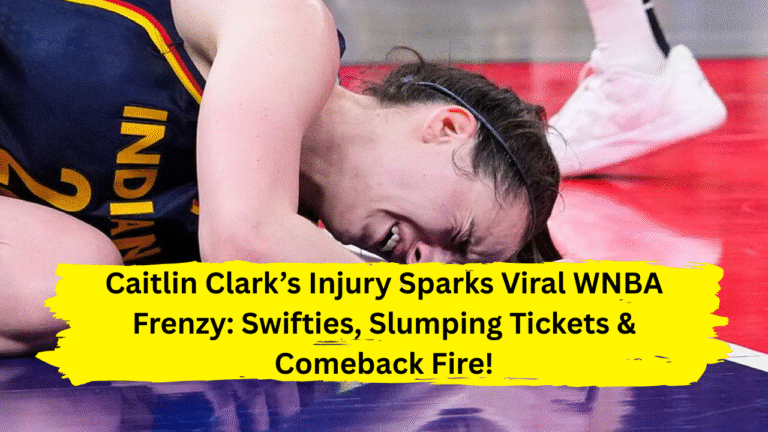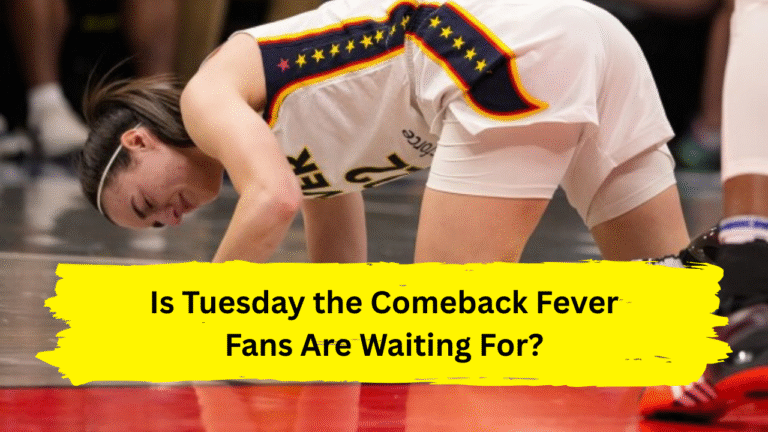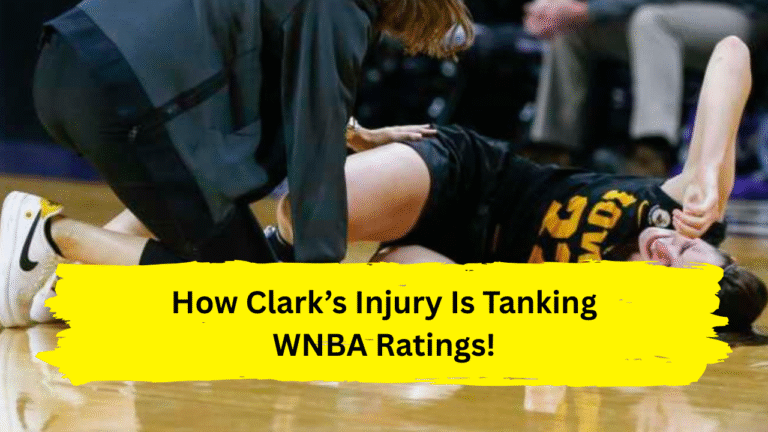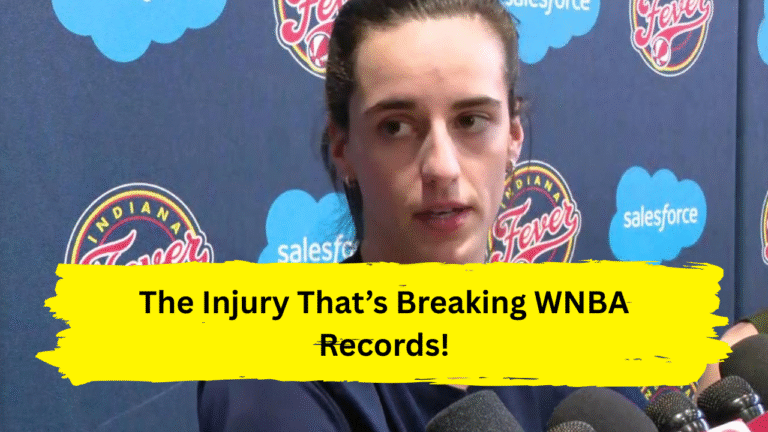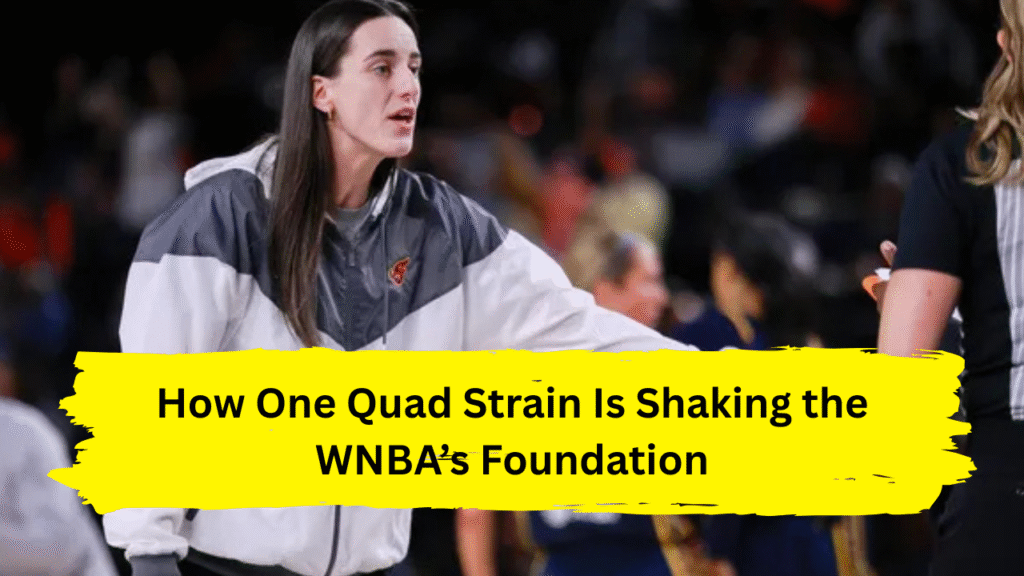
The moment Caitlin Clark gingerly walked off the court on May 24, the Indiana Fever held their breath. Ten days later, the entire WNBA is still exhaling. The league’s brightest star—averaging 19 points, 9.3 assists, and 6 rebounds per game—is sidelined indefinitely with a left quad strain . Her absence isn’t just a blow to the Fever’s playoff hopes; it’s exposing the fragile ecosystem of a sport soaring on star power. Ticket prices are cratering, TV ratings are plummeting, and a sobering question looms: Can the WNBA sustain its historic momentum when one injury changes everything?
The Injury Timeline: Patience Over Panic
Clark’s revelation Thursday cut through the speculation: “Adrenaline covers up a lot of stuff,” she admitted, recalling the May 24 game against New York where the injury occurred. An MRI post-game delivered the verdict she “didn’t want to see”—a quad strain requiring a minimum two-week hiatus .
While ruled out for Saturday’s rivalry clash against the Chicago Sky, Clark hinted at a possible return against the Atlanta Dream on June 10. “I’ve made a lot of progress… but I’m not going to rush back if it’s not worth it,” she stressed, acknowledging this is her first extended absence in her entire basketball career . Team doctors will reevaluate her this weekend, with June 14 against New York as a backup target .
For Clark, the mental battle is new. “I’ve never been a patient person,” she joked, but she’s using bench time to dissect plays, advise teammates, and even challenge referees—”still arguing with the refs,” as one report noted .
Fever’s Survival Mode: Grit in the Void
Without Clark, Indiana isn’t just missing a point guard—they’re missing their offensive central nervous system. The stats lay bare the struggle:
- A 1-2 record since her exit, including a stunning loss to the then-winless Connecticut Sun
- Defensive efficiency nosediving by 10 points per 100 possessions
- An offense that looks “stagnant,” relying on emergency signee Aari McDonald (7 points, 5 assists in her debut) and Kelsey Mitchell’s 24-point heroics to scrape past Washington
McDonald, fighting for her career, put it bluntly: “I’m in survival mode right now. I gotta eat” . Yet Clark’s leadership persists from the sidelines. She’s praised McDonald’s adaptability and become a “connector” between coaches and players—a role she calls a “unique perspective” .
The Ripple Effect: Tickets, Bets, and TV Screens Go Quiet
Clark’s injury isn’t a team crisis; it’s a league-wide economic tremor. Consider the data:
- Ticket prices for the Fever’s June 16 game vs. Chicago collapsed 71% on resale markets
- Sports betting on Indiana games dropped 37-50% across major books
- TV viewership for Clark-less Fever games averaged 357,000 viewers—a 200% decrease from her 1.19 million average
The contrast is starker when compared to the Fever’s recent win over Connecticut, which still drew 850,000 viewers—proof of the “Clark Effect” in action . As one outlet noted, “The WNBA is better, richer, and more relevant when Caitlin Clark is playing” .
The Uncomfortable Truth: Star Power Fuels Growth
The WNBA’s 2025 season promised a golden era: sold-out arenas, ESPN primetime slots, and new sponsors. Clark’s injury, however, ripped off the band-aid. While stars like A’ja Wilson and Angel Reese drive interest, 22 of this season’s million-viewer games featured Clark—smashing a record held since 1997 .
Critics argue the league leans too heavily on one name, but the numbers validate her cultural footprint. Fever home attendance (16,757 per game) dwarfs the league average, nearing triple their 2023 numbers . As guard Sydney Colson observed, Clark’s presence lifts every opponent: “When Clark plays, ratings go up for her team and her opponents” .
The Path Ahead: Resilience or Reliance?
Indiana’s challenge is immediate: survive until Clark returns. But the WNBA’s test is existential. Can it leverage Clark’s stardom to elevate all teams, rather than hinge growth on one player?
For now, Clark remains the catalyst. Her patience—”I think it’s going to be really good for me,” she mused—mirrors the league’s balancing act . Rushing her back risks re-injury; delaying it strains the business. As she eyes a Dream return, the Fever cling to playoff hopes in a tight Eastern race .
One truth is inescapable: the WNBA’s record-breaking surge feels fragile without its brightest flame. As Clark heals, the league confronts its next phase—building a future where every star can ignite the game.
The final buzzer: Superstars drive sports, but sustainable leagues thrive on depth. Clark’s injury is a wake-up call—a chance to celebrate her impact while amplifying the WNBA’s collective brilliance.
Also Read: Latest Trending News

